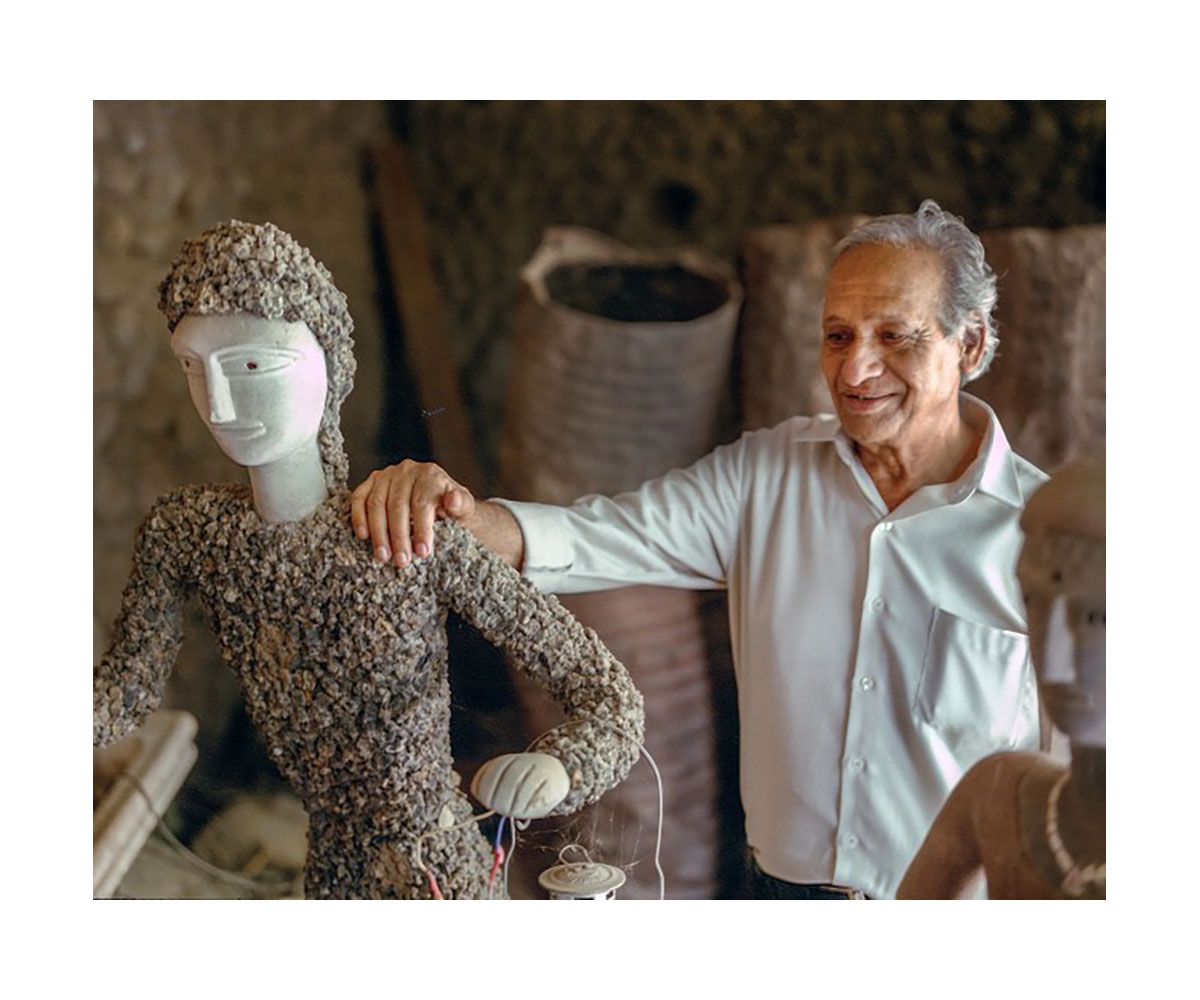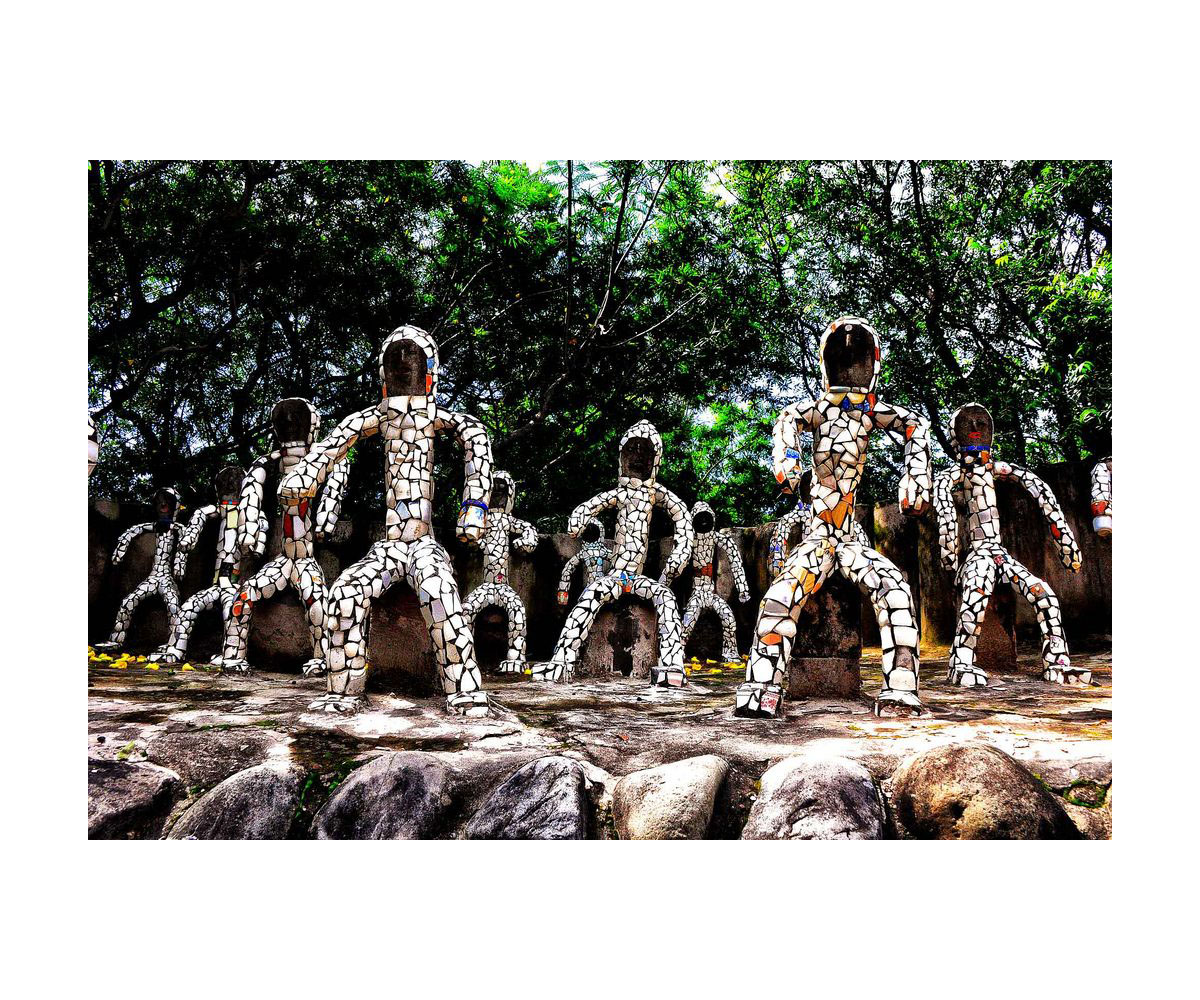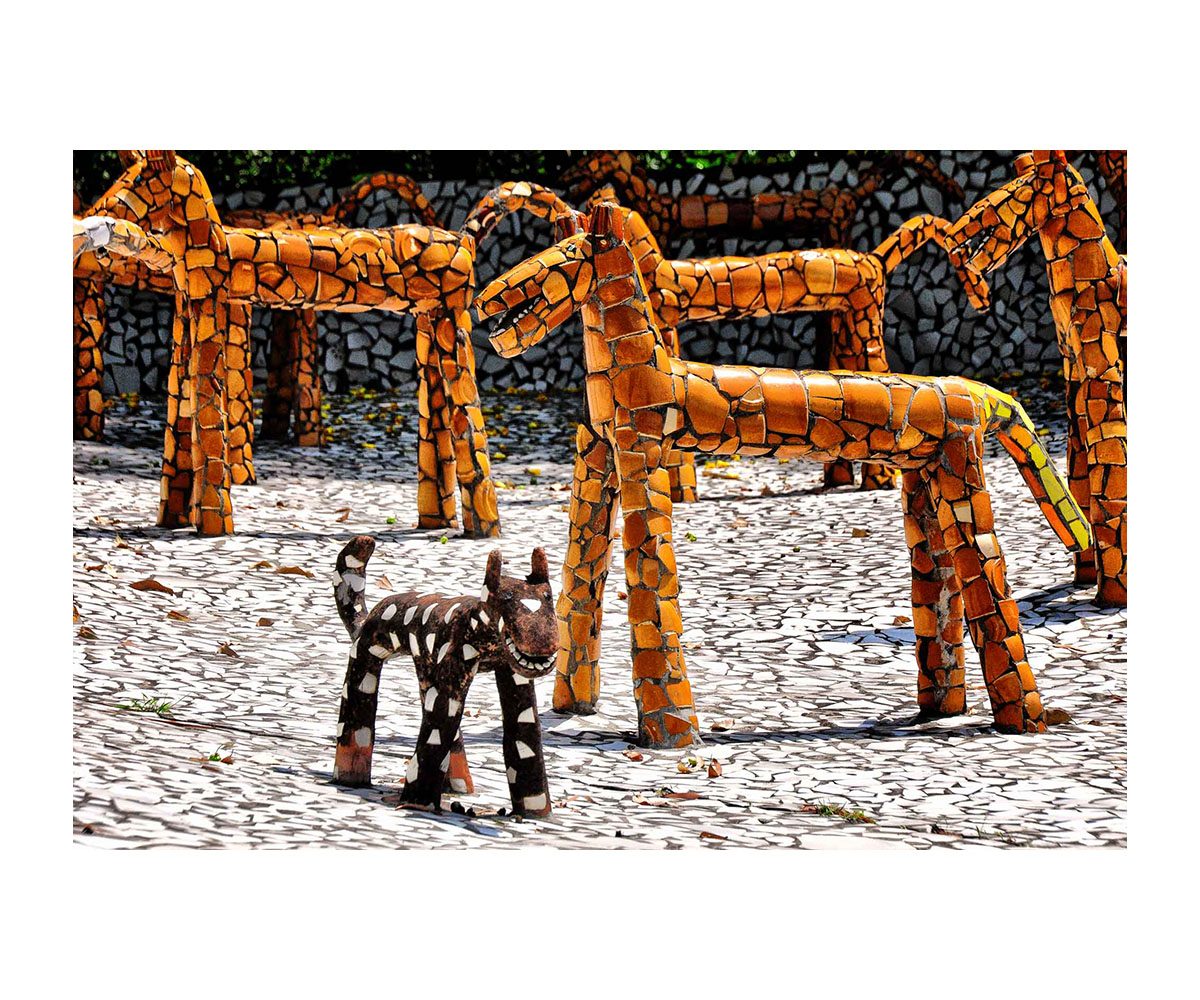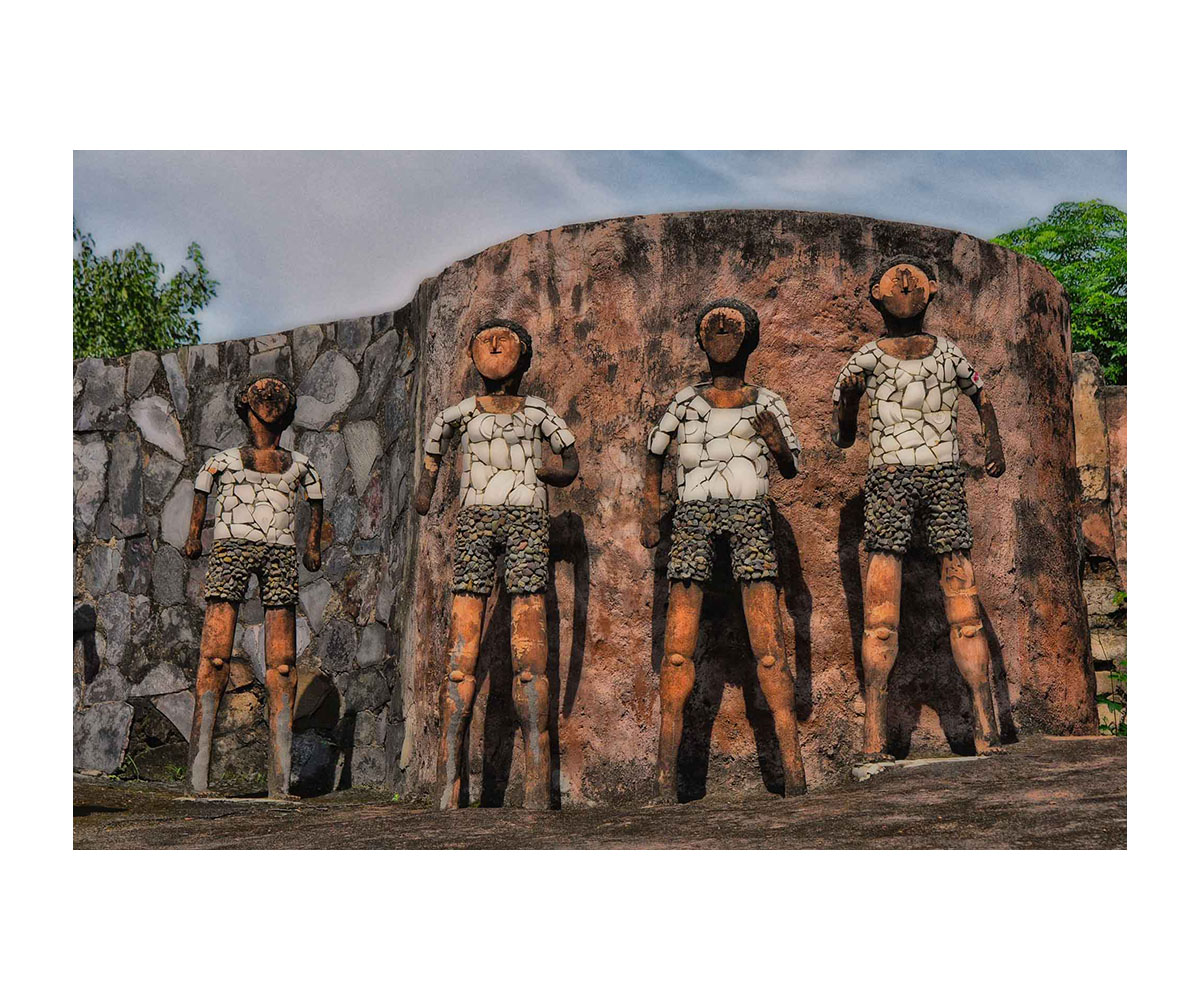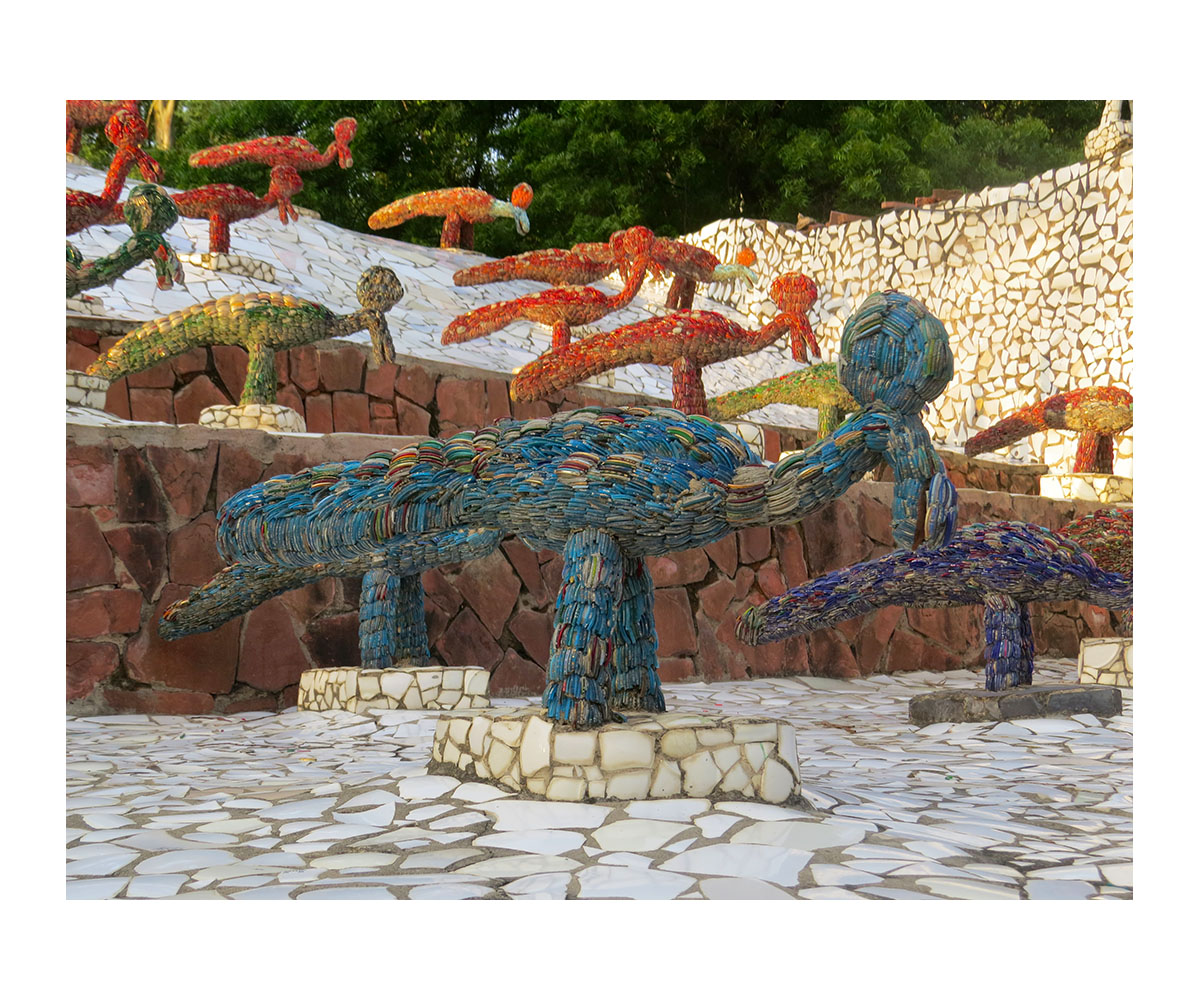PERSPECTIVES
Visions of an Unusual Utopia: Nek Chand’s Rock Garden
Unlike most postcolonial cities that emerged in India, Chandigarh embodies a sense of structure and space. Helmed by the Swiss-French architect Le Corbusier and a team of architects including Pierre Jeanneret, Maxwell Fry, Aditya Prakash, Urmila Eulie Chowdhury and Jane Drew, Chandigarh was designed as a planned city that embodied the vision of the nation as a modern utopia, supported by mass industrialisation and development. Even while this was the official vision for the city, some of its inhabitants laid claim to the city in their own way, creating a new kind of public space. Nek Chand was one of them.
To fulfil the need for workers to build this modernist utopia, the government issued a call for displaced Partition refugees to join the construction efforts in the city. Chand, a refugee from erstwhile East Pakistan (now Bangladesh) was among the many individuals who moved to the city looking to earn a living. In 1950, he was employed as a road inspector overseeing construction work in Chandigarh. During that time, Chand’s interest in creative and artistic endeavours led him to experiment with different creations, from self-made sailing vessels that he would test on the newly made Sukhna Lake, to collecting unique rocks from local riverbeds. From 1960 onwards, Chand began to fashion whimsical structures by arranging these rocks in differing shapes, also using pieces of garbage and other materials that were salvaged from the massive urbanisation projects throughout the city. The project grew to include a nursery, consisting of local plants which he grew alongside the rocks and recycled trash on land adjacent to the city’s Capital Complex 1.
Even as Chand’s sculptures proliferated, there was a catch — the project was completely illegal. According to the bylaws of the city, the land where Chand was installing his works in progress was to remain underdeveloped. Nevertheless, Chand continued to work on the garden in secret, fearing that attention and scrutiny would lead to the destruction of his efforts. The project remained hidden until 1973 when it was discovered by researchers studying malaria in the city. The then-commissioner of the city, MS Randhawa, proposed that the site be preserved and maintained as a public attraction. The Rock Garden was thus inaugurated for the public in 1976 and was further expanded until 1980. The garden as it exists today was built over three distinct phases, with the first two phases consisting primarily of sculptures and natural landscaping, and the third phase adding a waterfall, a public pavilion, fish tanks and entertainment venues such as a theatre. There were efforts to destroy the garden in 1989, with some sculptures suffering vandalism and disrepair in the late 1990s. However, public outcry against the decision prevented the garden from being destroyed completely.
From creating his work clandestinely, Chand went on to be credited as the Creator-Director of the garden and was awarded the Padma Shri in 1983 for his work on the Garden. He has been recognised as one of the artists within the Outsider Art movement, which posits artists and artworks that have been created and function outside of regular art networks of art school, formal art training or gallery patronage.
The garden itself is a view into a whimsical vision, one replete with large sculptures of figures made from broken bangles and spacemen suits rendered in waste material. It may be interesting to consider the Rock Garden and its sensorial spaces as being created in parallel with the building of Chandigarh itself, offering us a slightly left-of-field vision of the spaces surrounding the city. The use of recycled and reused materials that would have met their fate in an industrial landfill further adds to the fascinating possibilities of building an oppositional space to the urban city. Chand, by his admission, was inspired by the naturalistic landscape of locally grown flora and fauna that he had grown up with in his childhood. Working at the Public Works Department using materials such as gravel and concrete daily, Chand created an uncanny vision of nature in the middle of a city using the very waste generated in its inception.




